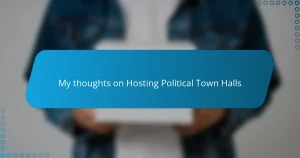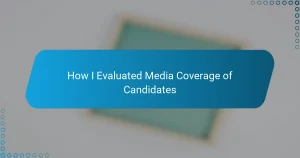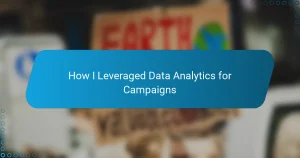Key takeaways
- Door-to-door canvassing fosters genuine conversations and builds community trust through personal engagement.
- Active listening and adapting responses based on body language are crucial for meaningful dialogue.
- Maintaining a positive attitude and showing vulnerability can enhance connections and encourage open discussions.
- Simple gestures like expressing gratitude can strengthen relationships and leave the door open for future conversations.
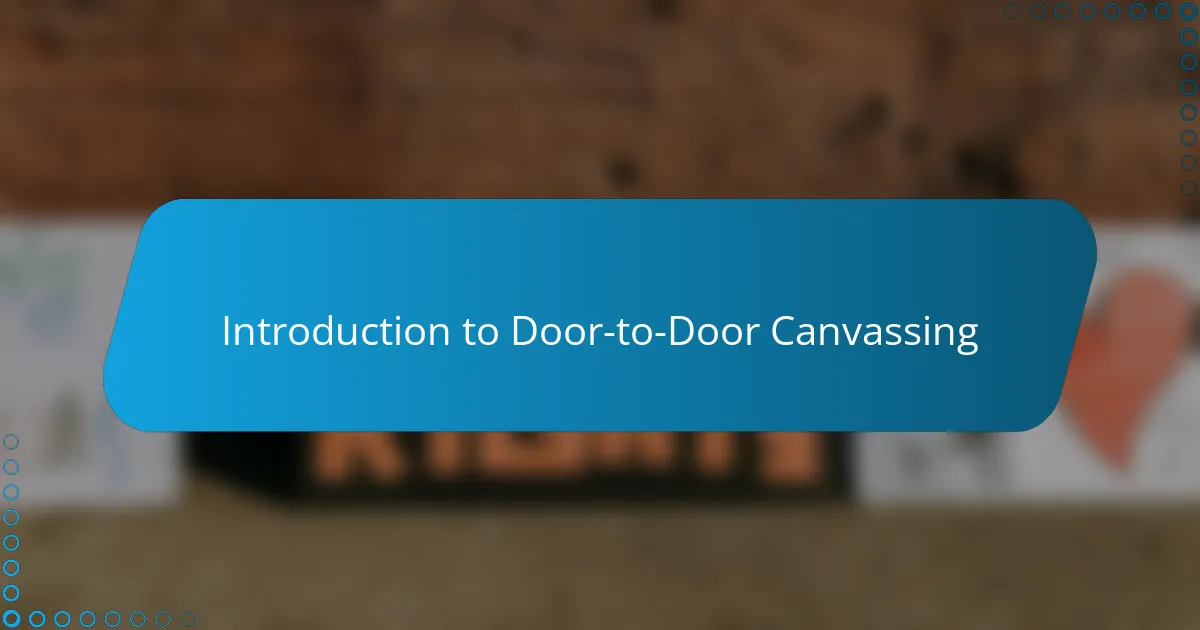
Introduction to Door-to-Door Canvassing
Door-to-door canvassing, in my experience, is one of the most direct and personal ways to engage with people on political issues. It’s not just about delivering a message; it’s about sparking real conversations and hearing diverse perspectives face-to-face. Have you ever wondered how much impact a brief, genuine chat at someone’s doorstep can have?
What surprised me the most was how varied reactions can be—from enthusiastic agreement to polite skepticism, and everything in between. It’s a challenging but rewarding approach that requires patience and openness. I found that the emotional connection you build in those moments often shapes the broader political conversation more than any speech or social media post ever could.
Ultimately, door-to-door canvassing is about more than just persuasion; it’s about building community and trust. It made me reflect on the value of listening, even when opinions differ sharply, and how meaningful that human interaction feels in our digital age.
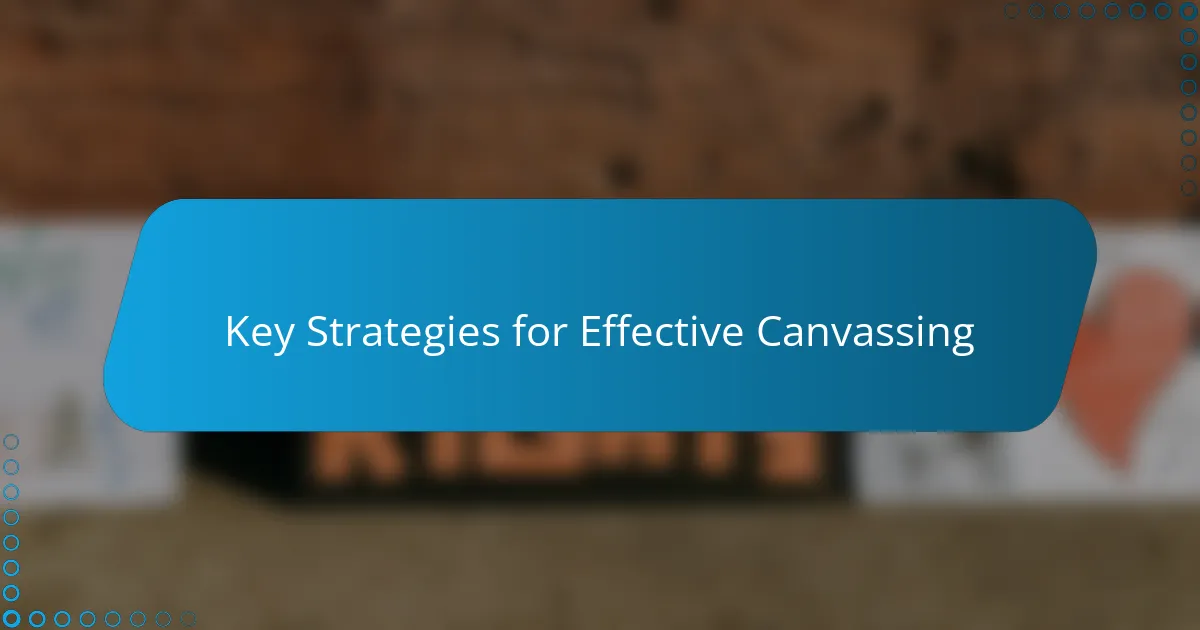
Key Strategies for Effective Canvassing
One strategy I found crucial was preparing a concise but flexible script. When I first started, I tried sticking to a rigid speech, and that felt robotic. Instead, adapting my message based on each person’s response made the conversation flow naturally and showed genuine interest.
Another key approach was active listening. I noticed that people open up more when they feel heard, even if they disagree with me. It wasn’t about winning an argument but about understanding their concerns—which, in turn, helped me tailor my responses more thoughtfully.
Have you ever felt intimidated by rejection? I did, especially early on. But I learned to view every “no” not as a failure, but as a step closer to building trust with someone. Persistence, combined with respect, was often what turned initial skepticism into meaningful dialogue.
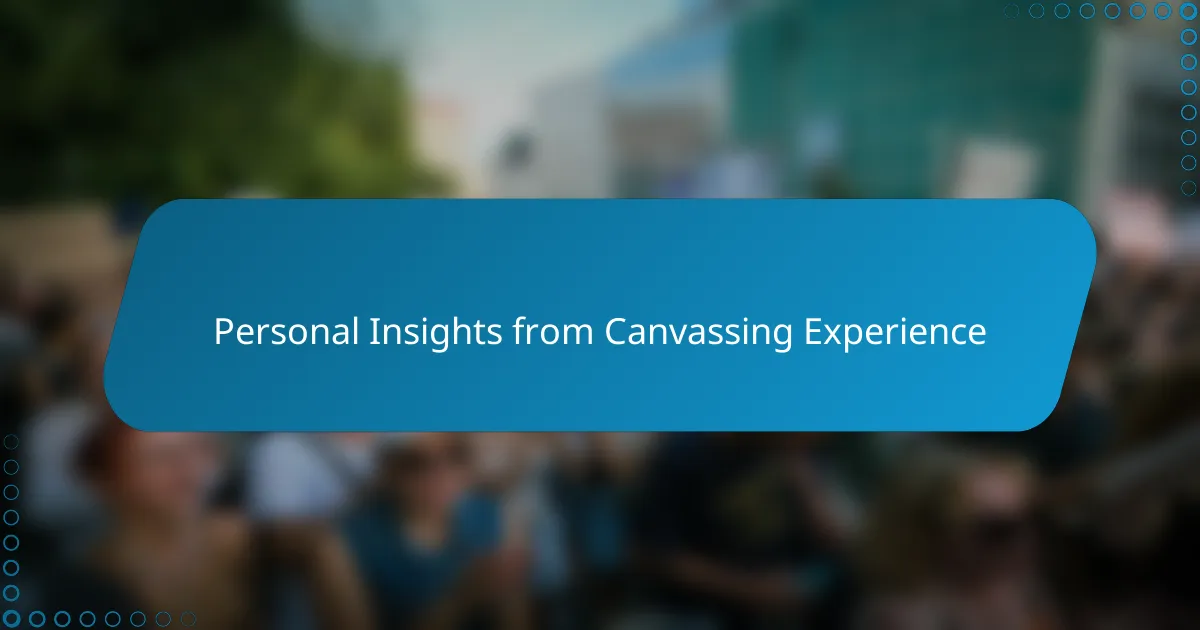
Personal Insights from Canvassing Experience
One thing that really stayed with me from canvassing was how quickly you can sense someone’s mood just by their body language at the door. Have you ever caught yourself adjusting your tone because the person seemed distracted or even frustrated? Those small cues taught me to be more empathetic and patient, shifting gears instantly to keep the conversation respectful and genuine.
I also realized that vulnerability goes a long way. Sharing a bit about why I cared deeply about the issues made interactions warmer and less transactional. It was surprising to see how many people responded positively when I showed I was more than just a messenger—I was a neighbor trying to make sense of things too.
There were moments when I felt drained, especially after back-to-back doors that closed quickly. Yet, thinking about the few conversations that sparked new ideas or eased someone’s worries made every step worth it. It made me ask myself: isn’t that what politics should ultimately be about—connecting people, one conversation at a time?
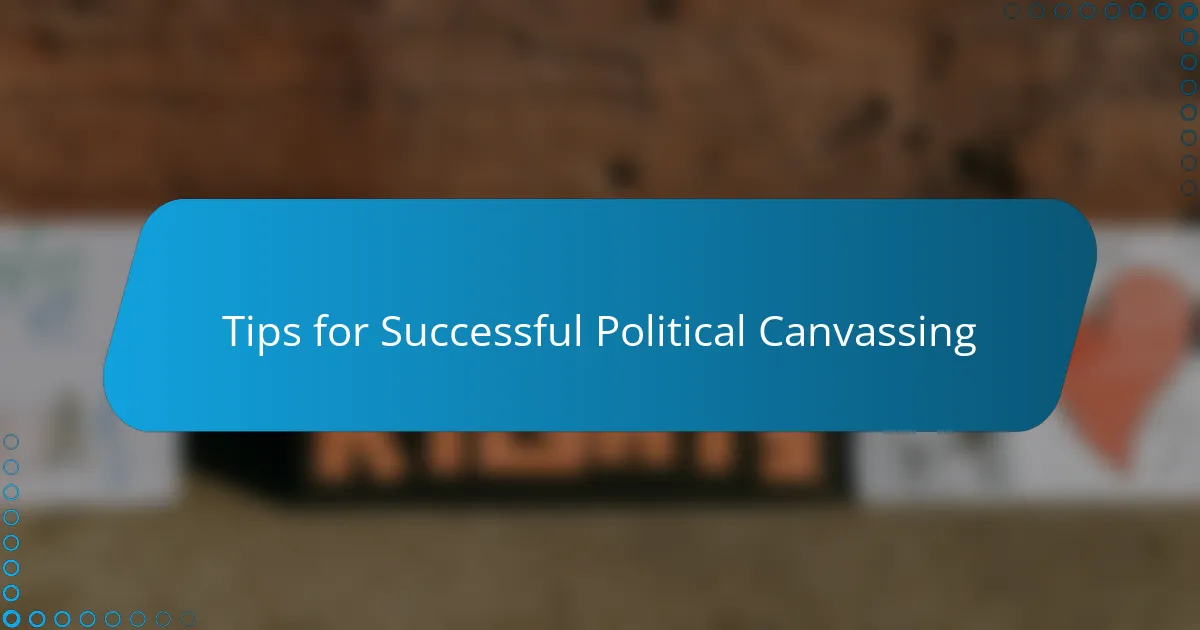
Tips for Successful Political Canvassing
One tip I found essential is to keep a positive attitude, no matter what reaction you get at the door. Have you ever been turned away abruptly? I have, but instead of taking it personally, I remind myself that each knock is a new chance to plant a seed for future conversations. That mindset made a huge difference in staying motivated throughout long canvassing days.
Another important lesson was to dress comfortably but professionally. Early on, I underestimated how much walking and standing would affect my energy. Finding the right shoes and wearing weather-appropriate clothes helped me stay focused and approachable, showing people I respected both myself and their time.
Finally, never underestimate the power of a simple “thank you” at the end of every chat. It might seem small, but expressing genuine gratitude, even when someone disagrees, often left doors open for later conversations. Have you noticed how kindness can sometimes disarm skepticism? I certainly did, and it reinforced that respect is the foundation of all successful political dialogue.
